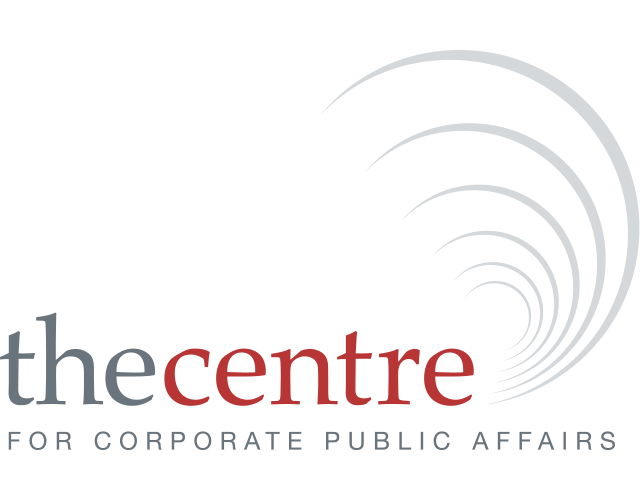Knowledge Centre
Items on this page are a taste only of the thousands of articles, podcasts, and videos housed in our Knowledge CentrePlease login for full access. If your organisation is a Centre member and you do not have log in details, please email thecentre@accpa.com.au. If you have forgotten your password, you can reset it here.
Why Meetings Need a Constructive Devil’s Advocate
Chidiebere Ogbonnaya, Benjamin Laker, Jintao Lu, and Kalu A. Nduka, MIT Sloan ReviewWhen one person takes on the role of testing assumptions and evaluation ideas in meetings, it leads to better-considered next steps and fewer follow-up discussions. Meetings are a staple of organisational life a place. But too often, meetings don’t deliver the desired outcomes.
The five challenges of corporate communication
José Manuel Velasco, LLYCAs much admired as misunderstood, corporate communications continue to be the cornerstone of a company’s story. But corporate communications must be a collective effort, one able to reach an entire organisation. This implies a transversal and unifying purpose, with all the resulting advantages and disadvantages.
To become a better presenter, look inward
Deborah Grayson Riegel, Harvard Business ReviewIt’s much easier to change and improve how we communicate when we understand why we speak and behave the way we do. That’s why the most effective presenters and communicators often have a strong sense of their identities and a level of self-awareness acquired through reflecting on their beliefs, attitudes, and...
3 Ways to Clearly Communicate Your Company’s Strategy
Constantinos C. Markides and Andrew MacLennan, Harvard Business ReviewFor all the communication around strategy, we know that leaders at many companies don’t provide the necessary context for employees to understand what the words and sentences in a strategy statement actually mean.
How employers can break down generational echo chambers at work
Sam Forsdick, RaconteurGenerational cliques are hampering productivity in the workplace. Employers must take an active role in order to bridge the divide.
A simple hack to help you communicate more effectively
Matt Abrahams, Harvard Business ReviewUsing a structured approach when communicating can help you prioritise what you need to convey. In this article, the author introduces his “What, So What, Now What” framework. Much like the Swiss Army knife, known for its versatility and reliability, this structure is flexible and can be used in many different...
Internet Cults, Disinformation, and Democracy
From Gamergate to Pizzagate and beyond to QAnon, internet manipulation and disinformation campaigns have grown to a geopolitical scale and spilled into real life with devastating consequences, entangling everyone from politicians to Hollywood celebrities.
Casual, distant, aesthetically limited: 5 ways smartphone photography is changing how we see the world
T.J. Thomson and Shehab Uddin, The ConversationSmartphones are a staple of modern life and are changing how we see the world and show it to others. Almost 90 per cent of Australians own a smartphone, spend an average of 5.6 hours each day using them. and are responsible also for more than 90 per cent of all the photographs made this year.
The “passive news consumer” is on the rise
Kirsten Eddy, NiemanLabThe rise of social media signalled the promise of a new public square, facilitating more open debate and diverse voices. With these new opportunities for digital participation also came a host of new challenges, including online trolling, disinformation, and a less trusting and more disconnected public.
